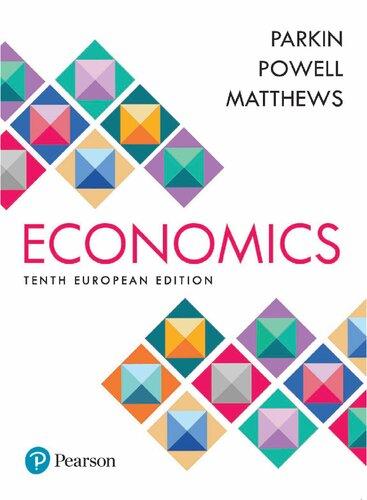2 How does a penalty on buyers of an illegal good influence demand, supply, price and the...
Question:
2 How does a penalty on buyers of an illegal good influence demand, supply, price and the quantity consumed? Figure 6.14 shows a market for a drug. With demand curve D and supply curve S, if drugs are not illegal, the quantity bought and sold is QC and the price is PC.
When a good is illegal, the cost of trading in it increases. By how much the cost increases and on whom the cost falls depend on the penalties for breaking the law and the effectiveness with which the law is enforced.
The larger the penalties and the more effective the policing, the higher are the costs of trading the drug. Penalties might be imposed on sellers or buyers, or on both sellers and buyers.
If selling drugs is illegal, sellers will face fines and prison sentences if their activities are detected. Penalties for selling illegal drugs are part of the cost of supplying those drugs. These penalties lead to a decrease in supply and shift the supply curve of the drug leftward. To determine the new supply curve, we add the cost of breaking the law to the minimum price that drug dealers are willing to accept. In Figure 6.14 , the cost of breaking the law by selling drugs ( CBL ) is added to the minimum price that dealers will accept and the supply curve shifts leftward to S + CBL. If penalties are imposed only on sellers, the market moves from point E to point F. The price rises and the quantity bought decreases.
Step by Step Answer:

Economics
ISBN: 9781118150122
10th European Edition
Authors: Michael Parkin, Dr Melanie Powell, Prof Kent Matthews






